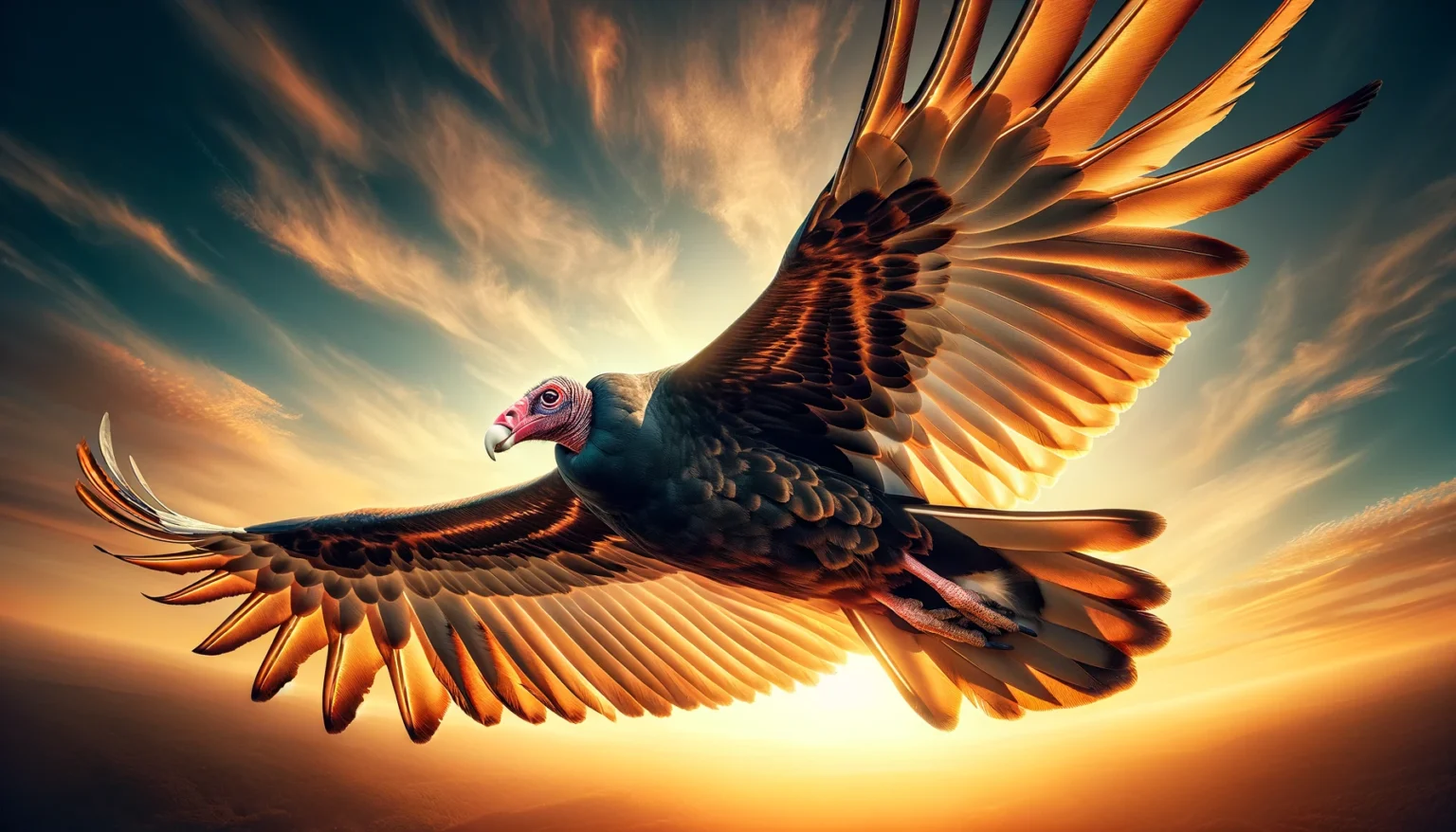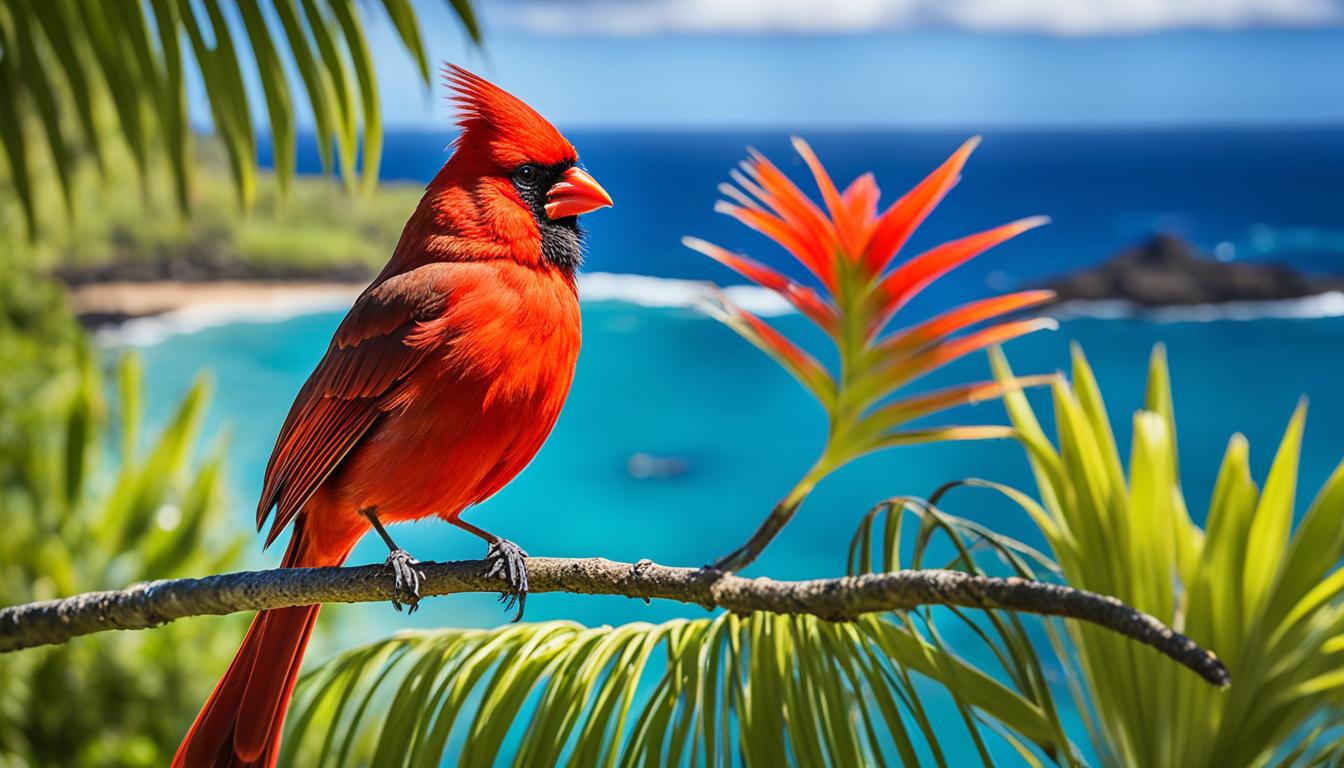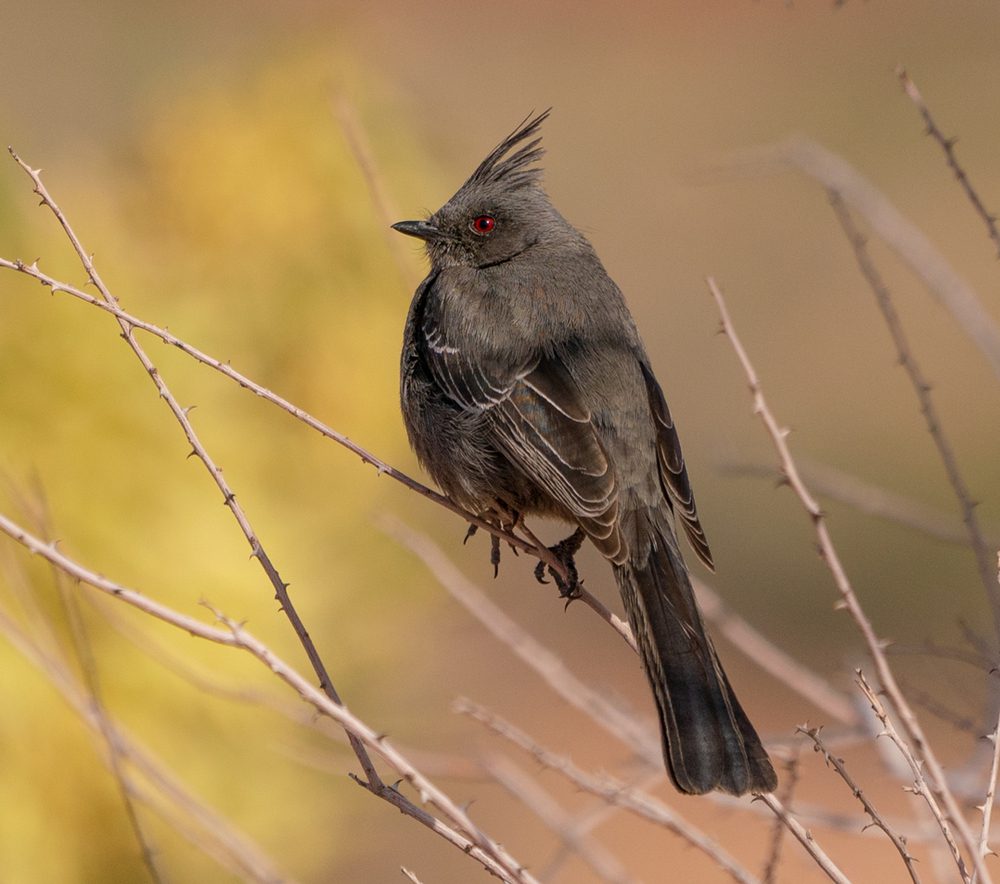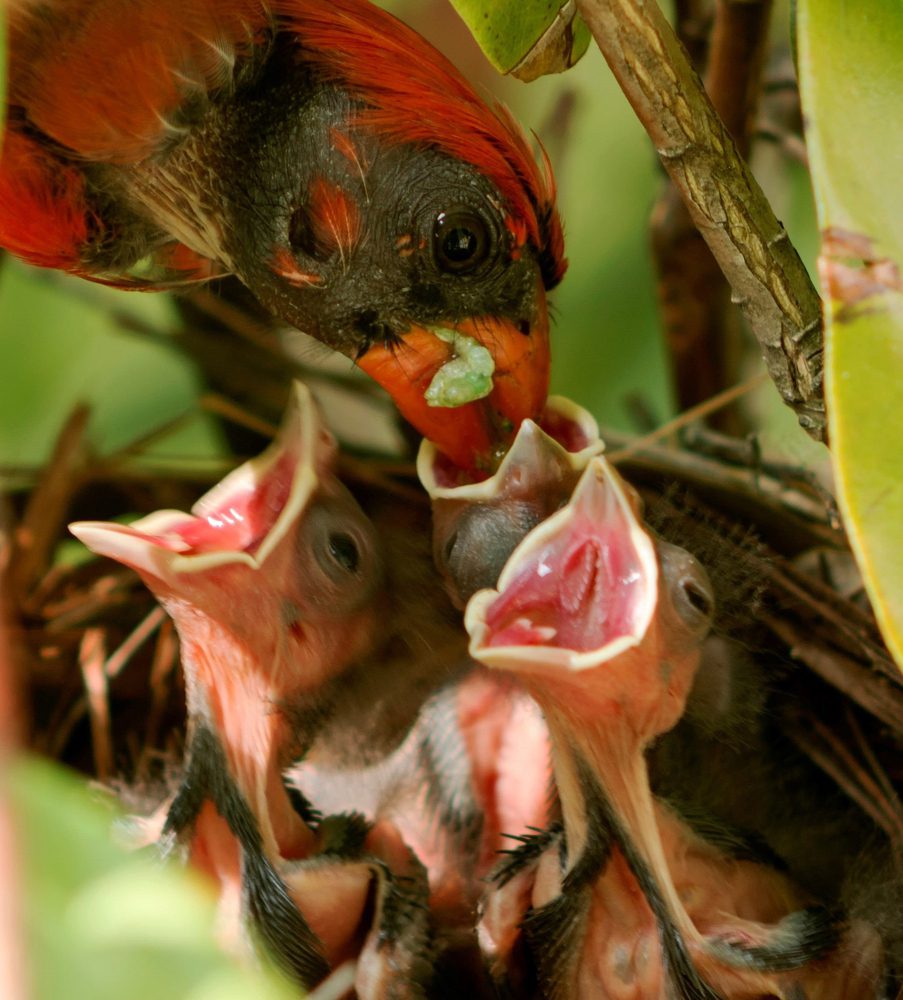Have you ever heard that a Turkey Vulture wingspan can stretch as long as six feet? Yes, it’s true! In San Diego’s East County, these amazing birds have some of the biggest wings you’ll find.
Thanks to their huge wings, they can float in the sky with ease, riding the warm air currents close to the ground. When they fly, their silverish wings shine brightly against their darker feathers, making a beautiful sight. But these birds aren’t just about their looks or how big they are.
Key Takeaways:
- The Turkey Vulture has a wingspan of up to six feet, making it one of the largest birds in San Diego’s East County.
- Its wings allow the bird to soar effortlessly by utilizing thermals at low levels.
- The slivery-colored wings create a striking contrast against the dark feathers of the vulture.
Table of Contents
The Turkey Vulture’s Role in the Ecosystem
The Turkey Vulture, also known as the Cathartes aura, plays a crucial role in the ecosystem as a scavenger. These remarkable birds feed almost exclusively on carrion, helping to clean up the environment by consuming dead animals. Let’s explore some interesting turkey vulture facts and information:
Remarkable Feeding Abilities
Turkey Vultures have an incredible ability to identify if a carcass is too decomposed to eat, avoiding the risk of consuming spoiled food. This helps them maintain a healthy diet and prevent the intake of harmful pathogens.
Despite feeding on rotting carcasses, Turkey Vultures have developed an immune system that protects them from diseases like botulism, anthrax, cholera, and salmonella. Their immunity to these diseases makes them well-suited for their scavenging role.
Featherless Heads and Strong Sense of Smell
One of the unique features of Turkey Vultures is their featherless heads. This adaptation allows them to avoid contamination while feeding on carrion. Feathers would trap bacteria and food particles that could lead to infections.
Additionally, Turkey Vultures possess an incredibly strong sense of smell, capable of detecting carrion from over a mile away. This keen sense helps them locate food sources efficiently and allows them to compete with other scavengers.
| Turkey Vulture Facts | Turkey Vulture Information |
|---|---|
| Turkey Vultures are large birds with a wingspan that can reach up to six feet. | Turkey Vultures are found in North and South America, and they migrate to warmer climates during the winter. |
| Turkey Vultures play a vital role in cleaning up carrion, reducing the spread of disease. | Turkey Vultures have featherless heads to avoid contamination while feeding on carcasses. |
| Turkey Vultures have an immune system that prevents them from contracting diseases found in carcasses. | Turkey Vultures have an incredible sense of smell, able to detect carrion from over a mile away. |
To observe these fascinating birds and learn more turkey vulture facts, keep an eye out for them in open areas with large concentrations of carrion, such as landfills or areas with abundant wildlife.
“Turkey Vultures play an integral role in the ecosystem, performing a necessary task that benefits both the environment and other species. Their unique adaptations and feeding abilities allow them to thrive in their scavenging niche.”
An Unconventional Defense Mechanism
While Turkey Vultures may be majestic and intelligent birds, they also possess some rather unappealing defense mechanisms. If threatened or annoyed, they have been known to regurgitate on other animals or birds. This behavior serves as a deterrent to potential predators, as the foul-smelling vomit creates an unpleasant experience. In addition to this repulsive tactic, Turkey Vultures also utilize regurgitation to protect their young. By surrounding their offspring with a barrier of pungent vomit, they discourage predators from approaching.
Another intriguing defense mechanism exhibited by Turkey Vultures is their unique behavior during hot summer months. To help cool themselves off, these birds defecate on their own feet. This unusual behavior serves a dual purpose – it cools their bodies through evaporation as the waste gradually dries, and it also acts as a deterrent to potential threats by creating an unpalatable environment.
These peculiar adaptations showcase the resourcefulness and survival skills of Turkey Vultures, allowing them to thrive in their environment despite their rather unbecoming habits.
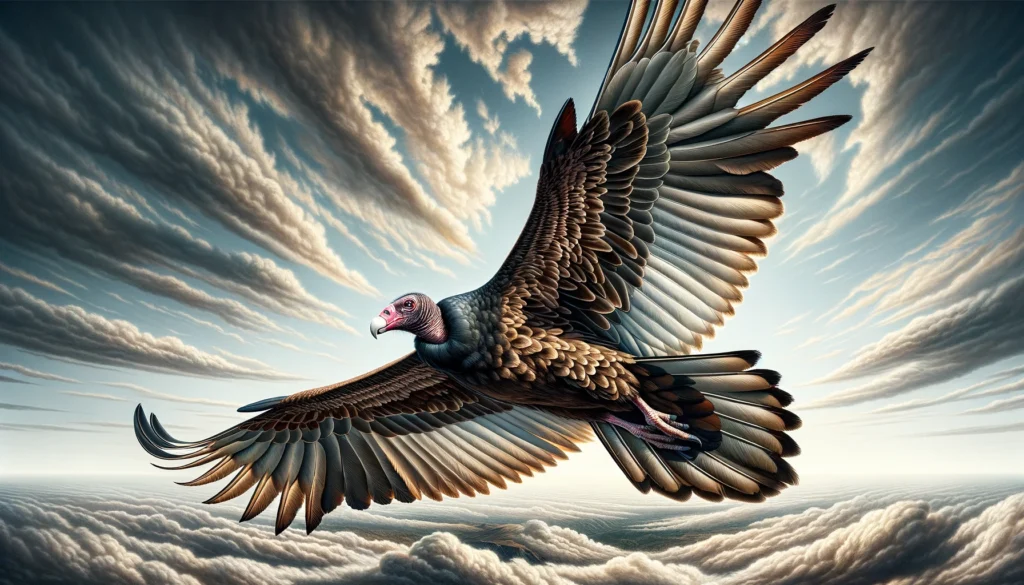
| Defense Mechanism | Description |
|---|---|
| Regurgitation | Turkey Vultures regurgitate on other animals or birds when threatened or annoyed, creating a foul-smelling deterrent. |
| Protective Vomit Barrier | They also regurgitate around their young to create a barrier of vomit, deterring predators from approaching. |
| Self-Defecation | During hot summer months, Turkey Vultures defecate on their own feet to cool themselves off and create an unpleasant environment for potential threats. |
A Remarkable Migratory Journey
Turkey Vultures are known for their remarkable migratory journeys, spanning across most of North and South America. During the winter months, these majestic birds travel to warmer climates, as the soft food they rely on would freeze too quickly in the northern regions. This allows them to survive and continue their scavenging activities throughout the year.
In the southern United States, as well as Central and South America, Turkey Vultures can be observed year-round, gracefully soaring through the skies. Their presence is a testament to their adaptability and resilience in diverse environments.
As spring arrives, Turkey Vultures make their way back north, with some individuals being spotted as early as mid-February in certain regions. This annual migration ensures they have access to ample food sources and favorable breeding conditions.
It is truly fascinating to witness the journey of these birds as they navigate vast distances, relying on their innate instincts and the changing seasons. Their migratory patterns not only showcase their incredible abilities but also contribute to the ecological balance across the continents they traverse.
The Journey Revealed: Turkey Vulture Migration Routes
| Migration Route | Start | End | Distance |
|---|---|---|---|
| North America to Central America | North United States, Canada | Mexico, Central America | Approximately 1,000-2,000 miles |
| Central America to South America | Mexico, Central America | South America | Approximately 2,000-3,500 miles |
Notable Stopover Locations
- Chiricahua National Monument, Arizona
- Cerro de la Muerte, Costa Rica
- Colombian Andes
“The annual migration of Turkey Vultures is a marvel of nature, with individuals traveling thousands of miles to obtain the necessary resources for survival. These migratory journeys not only demonstrate their adaptability but also emphasize the interconnectedness of ecosystems across the Americas.” – Dr. Olivia Rodriguez, Avian Ecologist
Understanding the migratory behaviors of Turkey Vultures provides valuable insights into their conservation and the preservation of their habitats. By studying these journeys, researchers can assess the health of ecosystems and identify areas that require protection.
Next, we will explore the various adaptations of Turkey Vultures that enable them to thrive in their environments and fulfill their crucial role in the ecosystem.
The Turkey Vulture’s Impressive Adaptations
When it comes to surviving as a scavenger, the Turkey Vulture has some remarkable adaptations that help it thrive in its unique lifestyle. Let’s explore the fascinating features that enable these majestic birds to excel in their role as nature’s cleanup crew.
First and foremost, their small, featherless heads serve a crucial purpose. Unlike other birds, Turkey Vultures don’t have feathers on their heads, which might seem unusual at first. However, this adaptation actually helps them stay clean while feeding on carcasses. Feathers would trap bacteria and food particles, but without them, the vulture’s head remains remarkably hygienic even after feasting on decaying flesh.
Not only does their featherless head aid in cleanliness, but it also plays a role in thermal regulation. As Turkey Vultures dip their heads into carcasses to feed, the absence of feathers allows them to shed excess heat more efficiently. This adaptation is especially useful in hot climates, enabling the vultures to stay cool while consuming their meal.
Another impressive adaptation of the Turkey Vulture lies in its digestive system. With stomach acid strong enough to kill bacteria, including notorious pathogens like anthrax and influenza, these birds can safely consume rotting meat without falling ill. This unique ability not only helps prevent the spread of diseases but also ensures the vultures can access an abundant food source that other animals might avoid.
“The small, featherless heads of Turkey Vultures help keep them clean while feeding on carcasses, as feathers would trap bacteria and food particles.”
Let’s summarize the key adaptations of the Turkey Vulture:
- Small, featherless heads: Aid in cleanliness and thermal regulation
- Powerful stomach acid: Kills bacteria, allowing them to consume rotting meat
These adaptations not only highlight the ingenuity of nature but also emphasize the critical role that Turkey Vultures play in maintaining the ecological balance.
A Majestic Turkey Vulture Wingspan
Watching Turkey Vultures soar overhead is truly awe-inspiring. They often gather in groups called “kettles,” spiraling upward to gain altitude. They can reach heights of up to 20,000 feet and soar for hours without flapping their wings. These giant birds can be observed in places like Lake Murray, where they can be seen perched in trees with their wings open wide to absorb the morning sun. Later in the day, they can be found by the water’s edge, picking at scraps of dead fish.
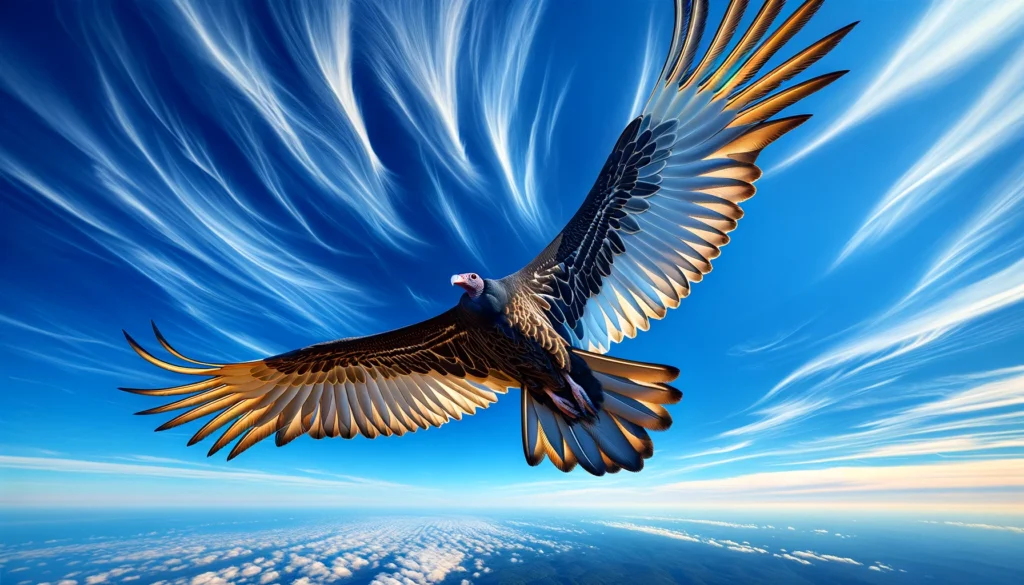
Conclusion
The Turkey Vulture is a really cool bird that you might not know much about. Despite not being the prettiest, it does an important job for our environment by eating dead animals, which stops the spread of diseases.
This bird has huge wings, up to six feet across, that let it glide smoothly in the air, catching warm air currents. It has a unique look with shiny, silver-colored wings and a dark body. Turkey Vultures are amazing at finding food, mainly dead stuff, without getting sick, thanks to their strong immune system. Plus, their bald heads help them stay clean while they’re munching away.
What’s also awesome about them is they travel a lot. They live across North and South America and head to warmer places when it gets cold. In places like the southern United States and all over Central and South America, you can see them all year. They start moving north again around mid-February.
In short, the Turkey Vulture is super interesting to watch and important for nature. Its big wings, diet, travel habits, and special body features make it a standout bird. Getting to know and respect them helps us understand how they help keep nature in balance.

